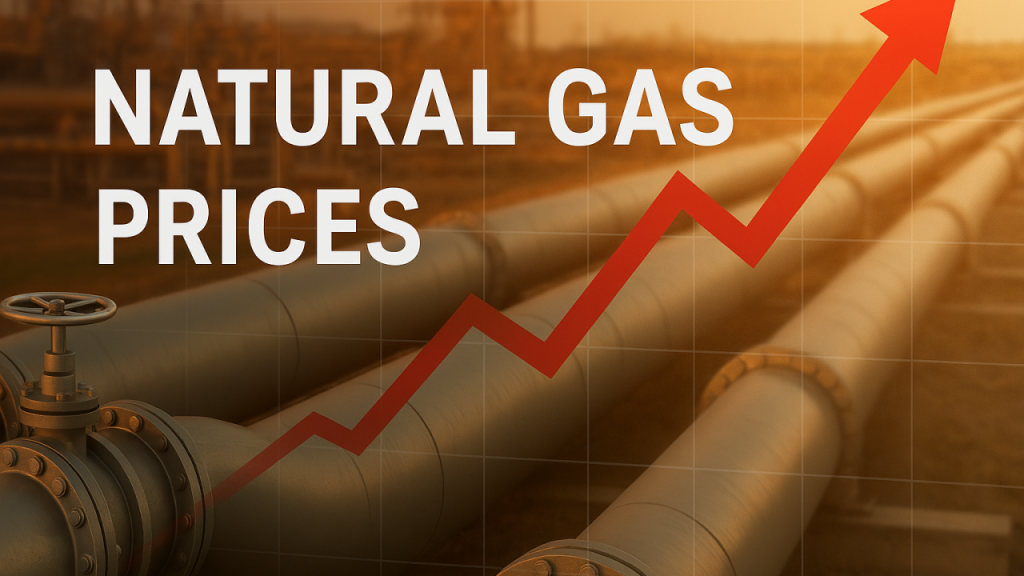
There IS uncertainty in energy markets.
Even before major action on tariffs, on January 23, 2025, the U.S. Energy Information Administration released a report on rising natural gas prices.
Rather than look at it from a simple duality, assuming LNG exports affects prices, let’s look deeper and farther about the problem of prices, supply and demand and the solutions that could present themselves.
According to the EIA, natural gas prices are set to climb significantly over the next two years. By 2026, the benchmark Henry Hub spot price is forecast to reach $4.00/MMBtu — a 27% rise on top of an already 43% projected increase in 2025.
The driving force? EIA states it is “driven mainly by more demand from U.S. liquefied natural gas (LNG) export facilities.” An aggressive surge in LNG exports as new terminals like Plaquemines, Corpus Christi Stage 3, and Golden Pass come online, outpacing domestic production and straining storage levels.
But a surge in demand? We’ve seen this movie before. So, if one wanted to change the outcome, what might they do?
Certainly, any bottlenecks and constraints don’t help. So, it isn’t just about production. There are infrastructure, timing, and flow. So, what kind of intelligent tools would be able to optimize these aspects to create a win-win scenario rather than a zero-sum game?
Take RBAC, Inc.’s GPCM® Market Simulator for North American Gas and LNG™(previously Natural Gas Market Forecasting System). GPCM simulates the entire North American natural gas grid down to individual pipelines and gas storage facilities. It’s not simply a forecasting tool — it’s a strategic decision engine.
How could it be used to reduce prices, yet still be profitable for producers and marketers? Using spatial equilibrium theory [Spatial equilibrium theory in economics explains how economic activities and resources are distributed across different locations], GPCM identifies when and where supply constraints create price spikes, then allows users to model how targeted capacity expansions or storage shifts could smooth out volatility.
Think of it as Waze for gas flow: it doesn’t just tell you where traffic is, it tells you how to reroute intelligently.
Case in point: LNG exports. When US started exporting LNG GPCM simulations showed that exporting 6 Bcf/day of LNG raised Henry Hub prices by $1.33/MMBtu — more than double early estimates by other analysts. But by modeling supply-side responsiveness and infrastructure improvements (like new pipelines or compressor station upgrades), GPCM scenarios also showed how that price impact could be cut nearly in half. That’s the difference between reactive policy and proactive market design [infrastructure-related assumptions — like increased supply responsiveness and capacity — resulted in a reduced-price impact].
So what’s the play?
1) Model the Market, Don’t Just Forecast It. GPCM’s real-world pipeline-level detail and dynamic storage modeling allow energy planners to simulate how infrastructure, policy, and market shifts interact — not in isolation, but as a living system.
2) Target the Right Fixes. Instead of blanket production increases, GPCM helps pinpoint which constraints matter most. That could mean expanding specific pipeline zones, optimizing storage withdrawals, or even adjusting seasonal flows — with clarity on the price impact of each move.
3) Build Price Resilience. Rising demand doesn’t have to mean runaway prices. With tools like GPCM, the industry can turn complexity into control, identifying economically viable paths to balance exports, domestic needs, and long-term energy affordability.
The long-term success of the energy industry does in part include better control of costs for the consumer in addition to their own costs. We must be smarter about energy. And with demand set to outstrip supply, the time to start modeling that future is now.
And that’s how to make better energy decisions.
Want to learn how your organization can use GPCM to navigate the road ahead?


